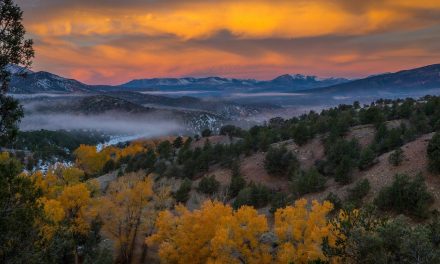Matthew 14:22–36: Salvation from the Son of God
Introduction
Jesus has been moving in and out of crowds. He taught the crowds throughout Matthew 13, but then he sought to escape the crowds after hearing of the death of John the Baptist (Matt. 14:13). Still, those crowds wanted to be around Jesus, so that they sought him out, and he healed them (Matt. 14:14). Furthermore, Jesus refused to send the crowds away to find food, but miraculously fed the 5,000 men (along with women and children) who had followed him. Now that this miracle is over, Jesus will once again seek solitude, even from his disciples (Matt. 14:22). Just when we might think that Jesus is ready to take advantage of some well deserved rest and relaxation by himself, we see that Jesus is needed once again. Will he rise to the occasion to rescue his disciples? In Matthew 14:22–36, we see yet one more example of Jesus’ tireless dedication to his people, since Jesus saves us from storms.
Discussion Questions
1. How does Matthew communicate an abrupt transition away from Jesus’ miracle of feeding the 5,000 (v. 22)? How forcefully does Jesus even send away his own disciples (v. 22)? What does Jesus do once he is finally alone (v. 23)? As Jesus prays, what are the disciples facing (v. 24)? Why do you think that Jesus sent his disciples away to face a storm without him? How does Jesus come to their rescue? What does he reveal about his identity (v. 27)?
2. What do you make of Peter’s request to Jesus in v. 28? Was he overly confident, or confidently faithful? What might we learn to answer that question from Jesus’ own response (v. 29)? How successful was Peter? What caused Peter to begin to sink? How does Peter respond when he starts to sink (v. 30)? How does Jesus use this incident to save Peter by building up his faith? How does Jesus help to develop the faith of all his disciples here (v. 33)?
3. After the whirlwind of ministry and interaction with the crowds over the last couple of chapters, why might we expect Jesus to stay away from people when he lands at Gennesaret (v. 34)? What happens with the crowds instead (v. 35)? How does Jesus respond to their requests to be healed (v. 36)? What does this teach us about the faithfulness and constancy of our Lord as he carries out his mission of salvation?
4. Where do you find yourself waiting for the Lord’s rescue? Like the disciples on the lake, where do you feel stuck, caught in a storm, rowing endlessly without seeming to make any progress? Where does Jesus feel distant during these storms? What comfort should we take from the fact that Jesus is busy praying for us (Heb. 7:25)? How does his intercession for us relate to his salvation for us? How might he be teaching you his identity as the great “I AM” through this?




